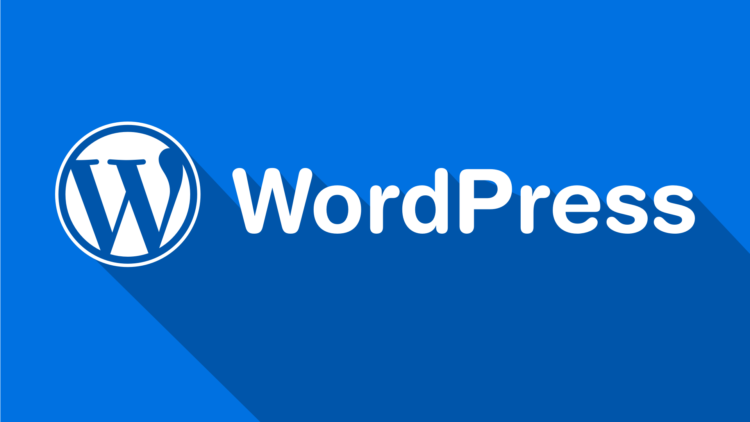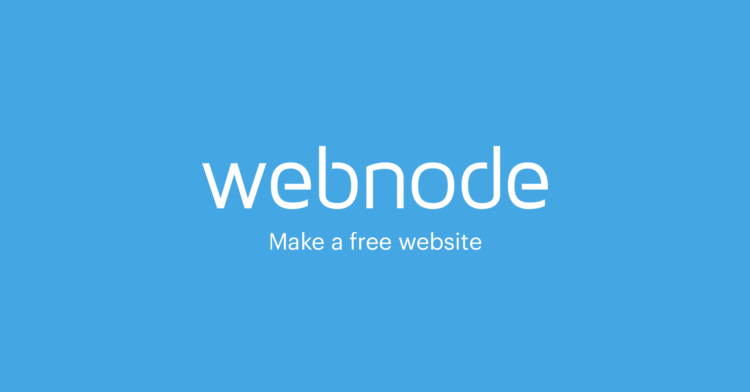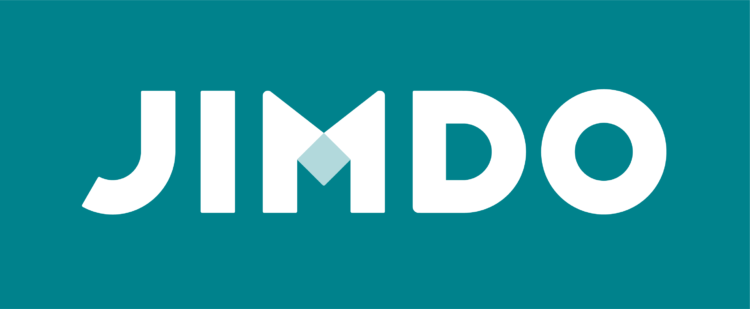Statista says that over 75% of all customers prefer businesses that have a website. If you’re reading this article, that means you are looking to make your own website.
A staggering amount of people do not realize that you can actually create a website for free — no strings attached.
And with that, it is time for a disclaimer: you can build a website for free however you cannot HOST a website for free. And there really is no point in making a free website if the site isn’t live.
This article will showcase tools that will help you with the construction aspect of making a website for your business — not the implementation side of things.
There are two (main) ways to go about designing a website today:
● Writing all the source code from scratch.
● Using a website builder.
As the title of the article suggests, we will be focusing on the second option. If you ever wondered “How to create a website for free?”, the answer is pretty simple: by using a free website builder.
Page Contents
The Best Free Website Builders
There are a plethora of options out there, each with its own merits and demerits. The key to getting a satisfactory experience out of your chosen tool is to know your requirements.
1. Wix

img source: logos-download.com
In a world dominated by WordPress, Wix is fast becoming the industry standard in drag-and-drop website building.
We consider Wix to be the best free website builder on the market.
With over 600 readymade templates to choose from, Wix websites are the most aesthetically pleasing on this list. Check more details about Wix on WebBuildersGuide.
Advantages of using Wix:
The drag and drop interface can be used by complete newbies to build a world-class site in under 10 days.
Nobody wants a site that is built in a week but also takes a week to load. Wix sites are optimized by default — this is a pretty handy feature.
- The Wix App Market. Truly unlike any other builder out there, the app market lets you add features to your site.
- Features include a blog, chatbot, forum, events calendar, and even various analytics apps.
- All Wix premium plans come with free SEO management tools — a boon for those who need a higher ranking on sites like Google, Yahoo, Bing, and 20+ other search engines.
Disadvantages of using Wix:
- There is no “cross-templating”. This essentially means that you will not be able to transfer any content from one template to another once the site is ready.
- The free plan forces users to display Wix branding on the website.
- No export features. This is the only major drawback on Wix as far as we are concerned.
Suppose you outgrow Wix as a provider, there will be no way for you to transfer your site away from Wix because the source code is locked.
2. Weebly

img source: designbombs.com
No one can go wrong with choosing Weebly, as it focuses on customizability rather than ease of use.
That said, Weebly is pretty easy to use once you get past the initial setup hassles.
The only part we don’t like was that the free plan not only displays branding like Wix but also displays Weebly advertisements.
Advantages of using Weebly:
- The drag-and-drop interface is pretty easy to use. This is with some limitations: one of them being having to wait for draggable elements to load. It is recommended to not touch anything you are unsure about.
- The pricing plans are pretty affordable. E-commerce retailers and other SMB’s usually opt for the “business” or” pro” plans.
- The templates are 100% customizable.
Disadvantages of using Weebly:
- The free plan displays third-party advertisements.
- The platform turns glitchy around update times (month end) and needs frequent refreshing to load properly.
- If you get set in your ways on Weebly, transferring to another service provider will come with a lot of hiccups.
3. WordPress

WordPress powers over 70 million websites, and over 40% of the entire internet. That’s some serious usage right there.
That’s partly because WordPress has a range of features that cater to newbies as well as coders with a decade of experience.
This “something for everyone” type business model is what has catapulted WordPress into the number one spot globally for website building.
Advantages of using WordPress:
- Blows all other website builders out of the water with its collection of 8,000 templates and 50,000 plug-ins. No other free website builder even comes close.
- Has support for over 50 languages: meaning your website can achieve global outreach.
- WordPress automatically creates backups of your website at regular intervals. You can use these to restore previous versions of the site or recover data in a crash.
Disadvantages of using WordPress:
- It may be vulnerable to attacks. Being open-source software, there is the constant threat of your WordPress page being susceptible to malware attacks. This risk can be negated by using a good hosting provider.
- The loading speed. Many WordPress themes contain “filler” code: useless code that serves nobody’s purposes. Unless you can get a professional to remove this excess code, it may affect the performance of your site. Extra code is like dead weight — it just slows everything down.
- Updating the core WordPress almost always causes some problems on the main site. These issues are usually resolved within a couple of days, but until then, it’ll be irritating, to say the least.
4. WebNode

img source: us.webnode.com
WebNode has over 35 million users worldwide, making it one of the most popular free website builders on the planet.
Deciding to use WebNode to build your website will be the best decision you ever make because frankly, WebNode is a joy to use.
Featuring support for over 20 languages, WebNode allows your website to be translated with high accuracy into a further 20.
The drag and drop interface will be pretty easy to use if you’re coming from Wix, or even if you’ve never used a website builder before.
Advantages of using WebNode:
- WebNode is hands down, the best website builder application for websites that need bilingual or multilingual pages.
- The SEO features rival those of Wix and Weebly.
- The analytics available are limited, but the ones that are offered are very detailed. Like, I-have-no-use-for-this-much-information level detailed.
Disadvantages of using WebNode:
- If you’re planning on having an online store with WebNode, be advised that the options are limited.
- The blog available on WebNode is missing key features.
- Though the starting pricing plans are pretty affordable, you have to opt for the $13 “standard” plan to remove adverts. Any cheaper plans still display WebNode ads.
5. Jimdo

img source: jimdo.com
Jimdo claims that they will build you your first website within three minutes.
This is done on the basis of a few questions that the machine asks you. Based on your responses, the ADI adapts existing templates to suit the answers given.
The ADI on Jimdo rivals that of Wix — something that no other website builder on this list can even come close to doing.
Advantages of using Jimdo:
- The “set-up wizard” does most of the heavy lifting, so a user just has to upload content on base websites.
- The ADI wizard auto-searches the entire internet for the best possible images and adapts the template to match those images too.
- You can edit your sites on the go via a mobile or tablet.
- The designs are pretty flexible should you ever want to change them (rare).
Disadvantages of using Jimdo:
- You can get much better SEO for the same price on other options from this list.
- The actual content in the templates (font size, color, font style, etc) is extremely limited.
- All in all, Jimdo is recommended for those who are really inexperienced in website building.
6. Other Builders to Consider:

img source: unsplash.com
Here is a list of three other free website builders to consider that we have not included in the above list due to certain limits that they possess.
● Squarespace. Also one of the “big three” (Wix, WordPress, and Squarespace). Fairly easy to use, the only drawback is their pricing plans — they’re slightly on the pricier side.
● GoDaddy. GoDaddy’s website builder provides some pretty powerful features, and this is a paid option. The paid version of the builder can be used for free if you purchased a domain from GoDaddy — a steal deal.
● Shopify. Shopify is one of the best website builders if you have a (LARGE) e-commerce store.
For small and medium businesses, Wix works better due to its optimization.
The only con is that SEO on Shopify is a massive pain (because it is hard to create subcategories).
Overall, the best way to create a free website is to use Wix’s builder. The features and integration offered by Wix are absolutely mind-blowing.
The customizations alone make Wix worth using, and the uptime on the servers is the best in the world.
Using Wix is as intuitive as “sliding” assets onto your base webpage — and it does all this while being one of the most professional-looking sites out there.





